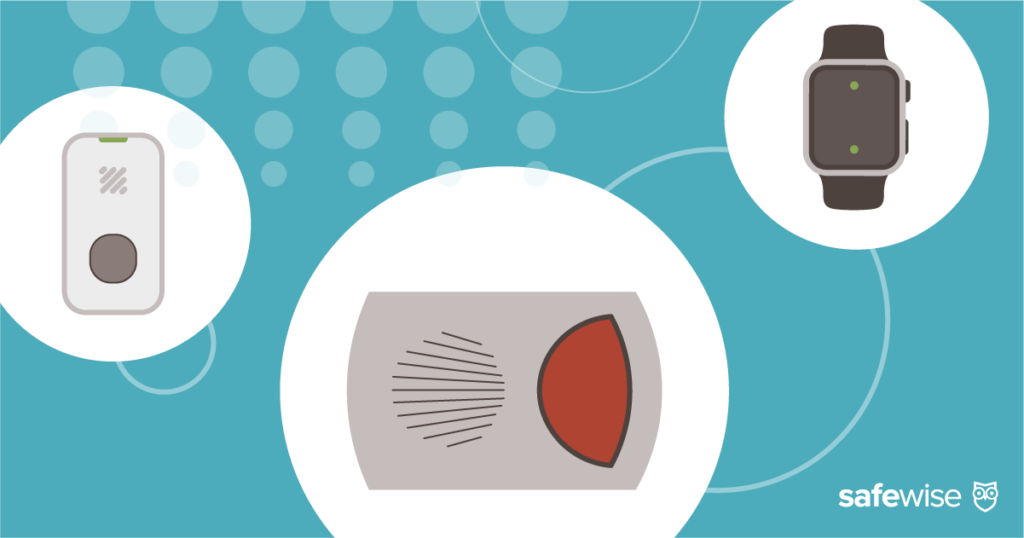If you've discovered that your child has been the victim of child identity theft, there are things you can do to minimize the damage and stop the fraud.
How To Combat Child Identity Theft
For over 11 years, SafeWise experts have conducted independent research and testing to create unbiased, human reviews. Learn how we test and review.
This is the fourth in a multi-part series by SafeWise expert advisor Pete Canavan, “The Safety Sensei.” Pete's expert tips and practical advice help you learn how to safeguard children's personal information and protect their credit.
Sign up for our free weekly newsletter to get the best safety news, product info, and deals.
By signing up, you agree to our Terms and Conditions and Privacy Policy.

Image: Vacharapong Wongsalab, iStock
Contact the authorities
First and foremost, contacting the authorities should be your top priority. Reach out to your local police department and provide them with all the relevant details so they can complete a report and begin a paper trail regarding the problem. Inform the authorities about any suspicious financial activity, bills, or debt collection notices you have received in your child's name. The police can initiate an investigation and work towards holding the perpetrators accountable.
Notify credit agencies
Next, it is essential to notify credit reporting agencies and freeze your child's credit if you have not already. Remember, it's easier to be proactive and do this early in their lives. Contact each of the three major credit bureaus—Equifax, Experian, and TransUnion—to request a credit freeze. You can typically do this online or with a phone call and the proper information. This measure prevents any new accounts from being opened under your child's name, providing an extra layer of protection.
We strongly recommend that you regularly monitor your child's credit. Some credit monitoring services offer specific packages for children's identities, allowing you to keep an eye on any potential fraudulent activity. Promptly reporting any suspicious or unauthorized charges will help mitigate the impact on your child's credit history. Get in the habit of doing this regularly—perhaps quarterly or four times a year.
Teach your children best practices to avoid identity theft
Educating your child about online safety and identity theft prevention is also crucial. Instilling good habits early on will go a long way in safeguarding their identities as they grow older.
- Teach kids about the importance of strong, unique passwords. Tell them not to get lazy and use the same password for everything! If someone gets their password, they will have the key to all of their accounts.
- Consider using a password manager. Password managers are great tools that track all your accounts and passwords. You simply need to remember the master password - the program does the rest.
- Use your phone to keep track of passwords. You can keep your passwords secured in a document on your phone. The phone is password protected, and so, by extension, are your documents and the files on your phone.
Use identity theft protection
If your child's identity is stolen and they are a victim, there are identity theft protection services that specialize in child identity theft. These services can provide additional resources and support in recovering your child's identity, such as contacting the correct agencies to mitigate the problem as quickly as possible. They can also help you implement proactive measures to prevent future instances.
Parents can significantly reduce the risk of child identity theft by being vigilant and taking proactive steps. Together, let's prioritize the safety and security of our children's futures, ensuring they can thrive without the burden of identity theft hanging over them.
Recent Articles



